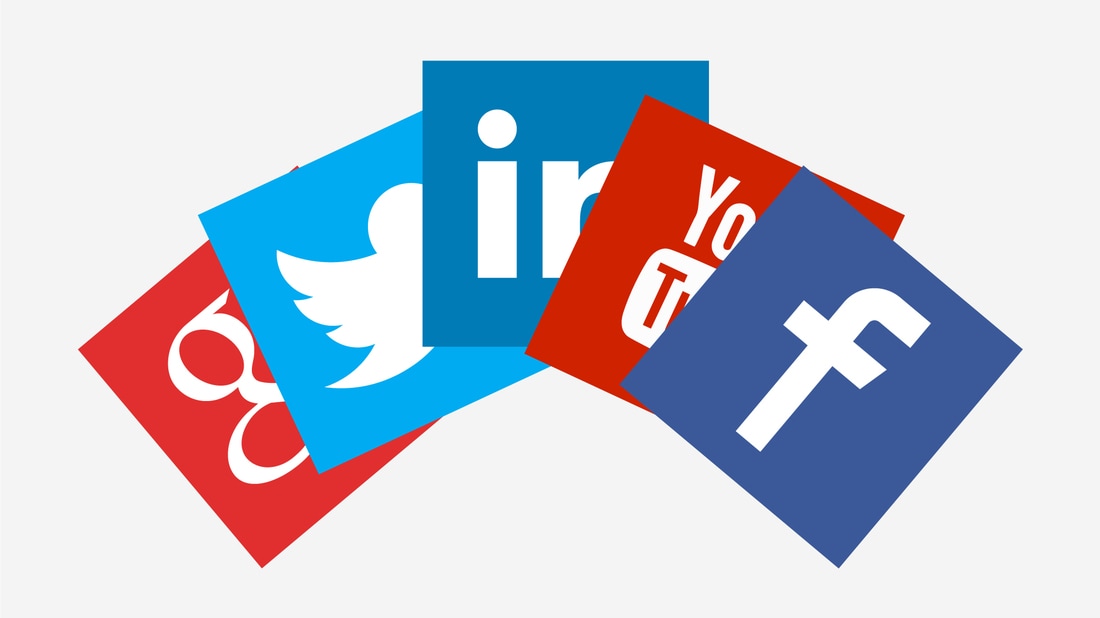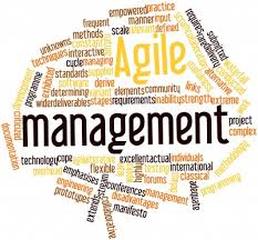Furthermore, during a time when talent acquisition and retention are such hot topics – increasing diversity is a sure fire way to help companies source, and retain, the best talent. Not only that, a diverse workplace is integral to harnessing a company culture that is characterised by inclusion, outward thinking and equality. With so many positives, it’s easy to see why companies should be focused on improving diversity in the workplace.
Undoubtedly, HR Professionals are ideally placed to encourage and manage diversity within businesses. So, here at the HR department, we’ve come up with 4 ways for companies and HR departments to promote and manage diversity in the workplace for the benefit of employees, employers and society as a whole.
1. Make Diversity a Priority
Let’s start with the simplest way HR professionals can encourage diversity: prioritizing it. The first step to overcoming a lack of diversity in the workplace is making it centre stage, and understanding that diversity involves the inclusion of all workers, regardless of their gender, sexual orientation race, religion or ethnicity.
Here in Ireland, PayPal, the online payments company, employ over 2400 staff and prioritise diversity within their organisation. So much so, - they won the ‘Diversity Champion 2016’ award at the Irish HR Champion Awards last year. Their Vice President of global operations for Europe, Louise Phelan, argues that Irish workplaces should learn from American businesses and invest more in their diversity programmes. HR, as a department, is well positioned to underline the importance of an integrated workforce and help to foster a company culture that champions diversity.
2. Monitoring
Many companies are aware of the need for gender diversity and are therefore monitoring the hiring and retention of female members of staff. However, having a diverse workforce is more than simply having a balance between male and female workers. It is about creating a workforce that is representative of society as a whole. HR should regularly monitor the overall diversity of an organisation to ensure that all religions, races, ethnicities, genders and sexual orientations are known and that progress can be made through recruitment. HR professionals should be aware that a diverse workplace is more attractive to prospective employees - all the more reason for HR to lead the charge in diversifying businesses.
That being said, monitoring diversity is not just about the hiring process, it’s also crucial to keep a close eye on current employees. It is vitally important for HR to watch out for any forms of discrimination in the workplace and have effective protocol in place to deal with any such situations should they arise.
3. Mentoring
HR departments can play a central role in encouraging companies to undertake mentorship programmes. Initiatives can take place within a company internally or with external organisations such as local schools, universities or youth groups. This can help to ensure that young people from all walks of life are aware of the opportunities that are available to them in business, and positions your company as a role model when it comes to encouraging and promoting equal opportunities.
Mentorship programmes also have the potential to increase the talent pool in Ireland, particularly if they target people from disadvantaged backgrounds, with the aim to provide them with the skills and opportunities to make better, more informed decisions about their future. Importantly, HR professionals can push for mentoring initiatives of all different styles and sizes, from helping mothers return to work after maternity leave to offering work placements for students.
4. Partnerships
Much like mentoring, partnerships with organisations such as charities, not-for-profit organisations or schools can be particularly effective for widening the talent pool and offering opportunities. Internship initiatives, which have the backing of partner organisations and are open to all, are just one good example of how HR departments can increase the diversity of the workforce.
There is no doubt that workforce diversity adds enormous value to business. The reality is that the demographic of the workforce in Ireland is changing rapidly. For example, with an increase in overseas workers - particularly with the rise of tech industries here - and an aging population, organisations need to adapt, adjust and diversify their workforce in order to cope with the changes. Importantly, companies, and particularly HR departments, need to drive home the fact that improving workplace diversity is not only a necessity, but also a fail-safe way of improving a company’s productivity and profitability.
For more helpful HR tips and advice, CLICK HERE to sign up to our newsletter.





 RSS Feed
RSS Feed